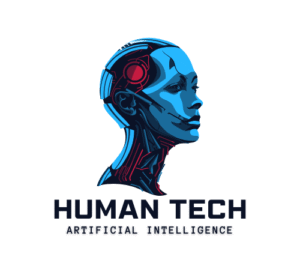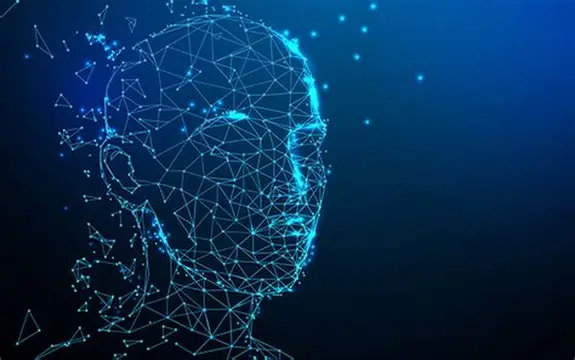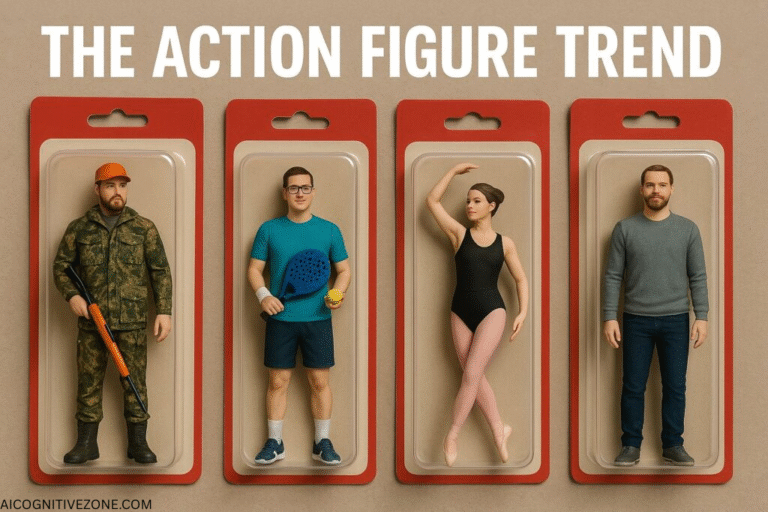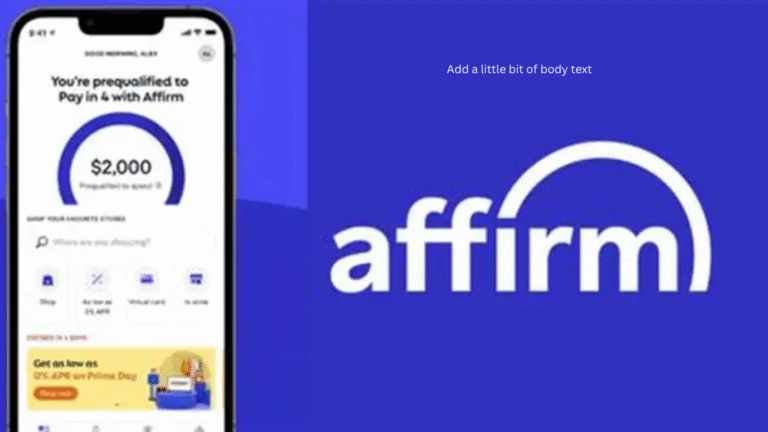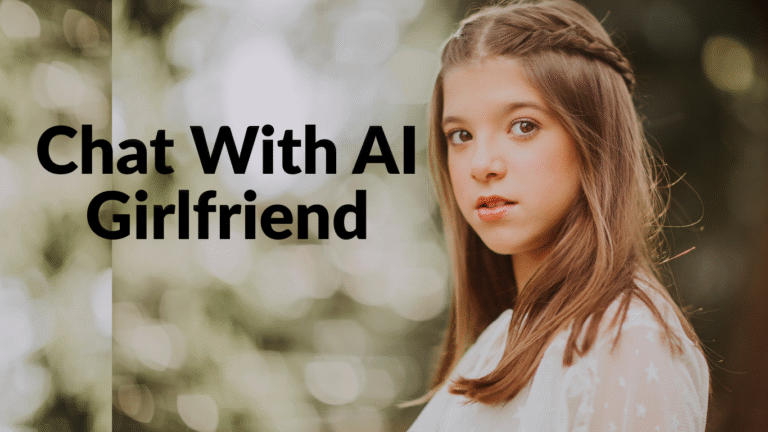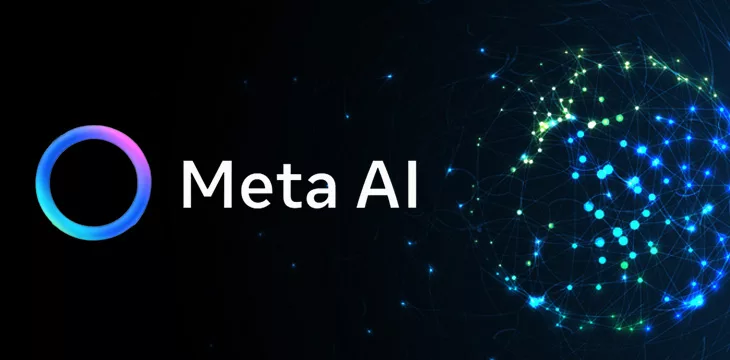Old Character AI: The Roots of Modern Chatbots
In the last few years, AI chatbots have become really advanced. One interesting type of these bots is called character AI. These are not your ordinary assistants; they are made to act like specific characters, whether they’re from fiction or real life. For example, platforms like Character.AI allow users to chat with “characters” that take on a role and interact in a way that feels more like a human conversation, adding elements of playfulness or creativity. This article explores where character AI came from, what makes it special, how it has grown, its cultural influence, and the pros and cons, especially focusing on its earlier versions. This helps us understand how we got to this point and what it might mean for the future.
What Was Old Character AI?
The Old Character AI means the first versions of chatbot platforms where people could make and chat with their own made-up or historical characters using AI. These earlier models were often more open, experimental, and surprisingly inventive.
Origins: From ELIZA to AI Role-Play
Character.AI has interesting origins that trace back to the early days of artificial intelligence. It all started with a program named ELIZA. This chatbot, created in the 1960s, could mimic conversation by responding to user inputs in simple ways.
As technology progressed, more complex chatbots began to appear. One notable example is Eugene Goostman. This chatbot pretended to be a 13-year-old boy. Eugene participated in contests that tested how closely a machine could imitate human thinking, known as Turing tests.
These developments laid the groundwork for what we see today. Character.AI allows users to engage in interactive role-playing with various characters. It combines advanced AI techniques to create unique and entertaining experiences. The journey from ELIZA to modern chatbots shows how far technology has come in understanding and mimicking human conversation.
The Rise of Character AI Platforms
Character.AI is a leading player in the AI space. It was started in 2021 by former Google engineers Noam Shazeer and Daniel de Freitas, with the goal of letting people create, share, and chat with AI characters.
The platform opened to the public in beta in September 2022. Users can design “characters” with their own unique personalities, backgrounds, and ways of speaking. They can chat with these characters or bring them into groups with other characters and people.
Many users quickly enjoyed the fun of conversing with characters inspired by their favorite shows, games, and movies, as well as creating their own characters for writing help, role-play, or just friendly chats. The launch of mobile apps in 2023 led to even more growth as community-made content flourished.
Because of this, Character.AI became more than just a simple chatbot; it transformed into a vibrant space for creativity, social interaction, role-playing, and emotional connections.
Feature Comparison: Old vs New Character.AI
User Interface & Experience
- Old: Clean, simple, easy to navigate.
- New: Sleek and modern with more features, but slightly complex.
Creating Your Characters
- Old: Full freedom to design personalities and backstories.
- New: Advanced tools with multimedia support and some limits.
Conversation & Memory
- Old: Natural role-play; bots remembered context well.
- New: Improved memory (“Chat Memories”) and multimedia, but more filtered.
Features & Tools
- Old: Mostly text chat with basic sharing.
- New: Added videos, animations, Scenes, Streams, and social features.
Community & Sharing
- Old: Easy to share and explore characters.
- New: Stronger social tools, tagging, remixing, and content discovery.
Safety & Rules
- Old: Fewer restrictions; more freedom but risk of inappropriate content.
- New: Stricter policies, moderation, and parental controls.
Quick Takeaway
- Old Character.AI: Simple, creative, free, text-focused, and immersive.
- New Character.AI: Feature-rich, multimedia-enabled, safer, and community-oriented.
Why Old Character AI Became Popular?
- Freedom of Interaction: Chat and role-play freely without limits.
- Minimal Filters: Fewer restrictions for natural, creative conversations.
- Faster Responses: Quick AI replies for smooth chats.
- Creative Freedom: Design characters and stories your way.
- Emotional Connection: AI provides companionship and self-expression.
- Easy to Use: Simple setup on web or mobile.
Where Can You Access the Old Character AI Website?
The situation is tricky. Most older versions are not officially supported anymore. However, some fans have saved old interfaces or created open-source versions similar to earlier Character AI models. Be cautious when using these third-party options, especially regarding your data safety.
Here are some places to check out:
- Legacy AI clones on GitHub
- Reddit or Discord groups for fans of old AI character bots
- Archived sandbox AI setups
Future Outlook: What Can We Learn from the Past?
The evolution of Character AI benefits from historical insights gained through trial and error. Early innovations, while promising, faced challenges such as limited data and understanding of human behavior. These constraints taught developers crucial lessons, leading to more adaptive and engaging systems today.
Future Character AI development relies on analyzing user interactions, aiming for relatable and immersive experiences. Ethical considerations are also vital, emphasizing transparency, data privacy, and user well-being to build trust in AI. Ultimately, the future hinges on integrating historical lessons, technological advancements, and ethical practices, paving the way for meaningful AI interactions that respect user boundaries.
Conclusion
Old Character AI systems were early tools that let users talk to AI in simple, personality-based ways. Though they had problems like predictable answers and limited memory, they had a unique charm and sparked interest. These systems helped developers learn about engaging users, personalizing experiences, and designing ethically. Their influence still shapes today’s more advanced AI characters. Overall, Old Character AI shows us how much technology has progressed and highlights our need for meaningful connections with machines.
FAQs
How did Old Character AI differ from current AI character platforms?
Older systems had limited conversations, less realistic personalities, and often used simple rules or statistics. Modern platforms use advanced language models to provide clearer and more expressive interactions.
What technologies did Old Character AI use?
Early character AI used technologies like expert systems, rule-based programming, and basic natural language processing (NLP) methods like keyword matching. These were the building blocks for today’s advanced AI.
What were the limitations of Old Character AI?
Old Character AI often repeated responses, struggled with long-term memory, and didn’t understand context well. This made conversations feel artificial and awkward.
What role did data play in developing Old Character AI?
Data was very important. Developers made large sets of dialogues and personality traits to train the AI. This approach was different from the large, varied datasets used for today’s language models.
Did Old Character AI have ethical guidelines or safety features?
At the time, AI ethics were still developing. Old Character AI had fewer safety features and ethical guidelines compared to today. The focus was mainly on how it worked, not on reducing bias or harmful content.
Can Old Character AI still be accessed today?
It can be hard to find the very first versions of Old Character AI. However, basic forms of character AI may still exist in older software or educational tools. Modern systems have largely replaced these earlier versions.
What was the lasting impact of Old Character AI?
Old Character AI set the stage for today’s advanced systems. It showed the potential for engaging interactions and pointed out the challenges in understanding and generating language, which inspired ongoing research and development.
